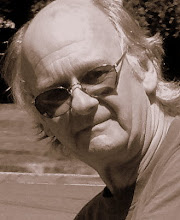



The point is to get away from it, right? Take a vacation, go to someplace different, get your mind reoccupied. And, for the most part, my journey to Washington DC with Joel Barker accomplished that.
Except, that is, for today's two illustrations, both from the National Museum of Art. Consider first the image with the columns. The person there is actual. That make's those marble beauties tall. Awe inspired, I looked up a long time before I looked down. It was then that I saw the beauty: In the base. I suspect few focus there, but the curves, the taper, the proportions all I thought were inspirational.
Second, a sculpture in a corner. There's something delightful in looking at the representation of a scene with kids and there's no adult there saying "don't!".
But more than that, here's a budding bass player! Note the date--about 1776.
Too many strings for a player of my ilk, but an Adam Nitti or a Stew Mckenzie or a Gregory Bruce Campbell would be playing that thang raht now.
So, base, bass, it's a channel I can't turn off in my head, and being surrounded those few hours by that art may indeed have some subtle effect on some small part of the Barker Bass one day. Design is never done. And that's good.





